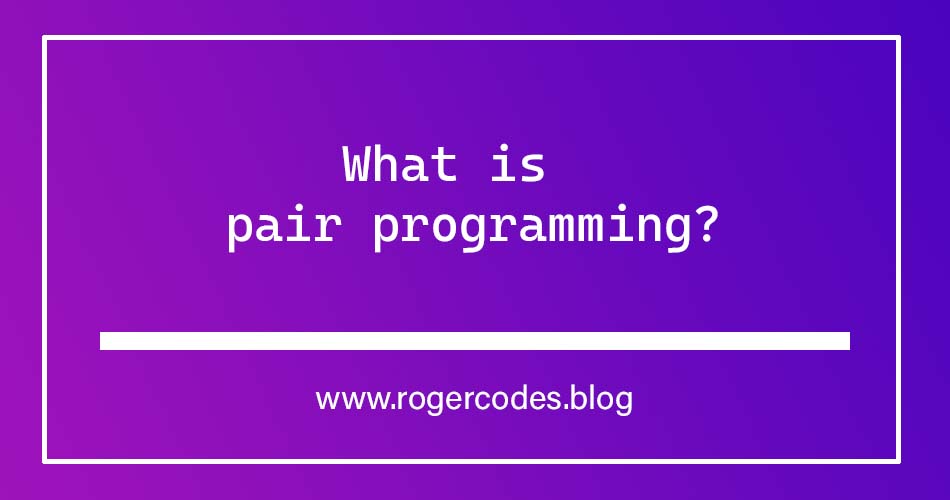Pair programming is a technique where two programmers work together on the same computer.
In this approach, one person is the “driver” who actively writes the code, while the other person is the “observer” who provides feedback, reviews the code, and thinks strategically about the overall design and approach.
The driver and observer roles can be switched frequently, allowing both programmers to contribute to the codebase. The idea behind pair programming is that having two minds working together leads to better code quality, fewer bugs, and improved overall productivity.
During pair programming, the driver and observer constantly communicate and collaborate, discussing different approaches, making decisions, and solving problems together. This constant collaboration helps in knowledge sharing, as both programmers gain insights and learn from each other’s expertise.
While pair programming has many benefits, it also comes with its challenges. It requires good communication and collaboration skills, as well as compatibility between the programmers working together.
It can also be more resource-intensive, as it requires two programmers working together instead of working individually.


